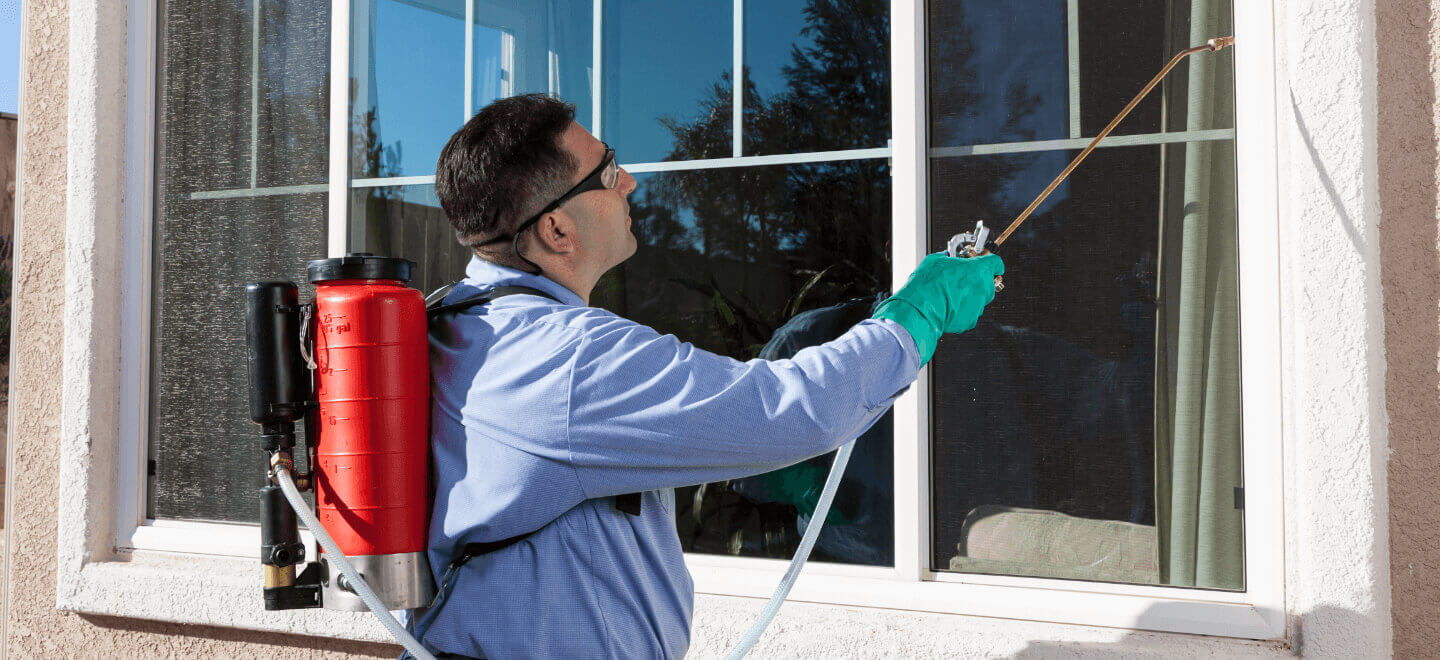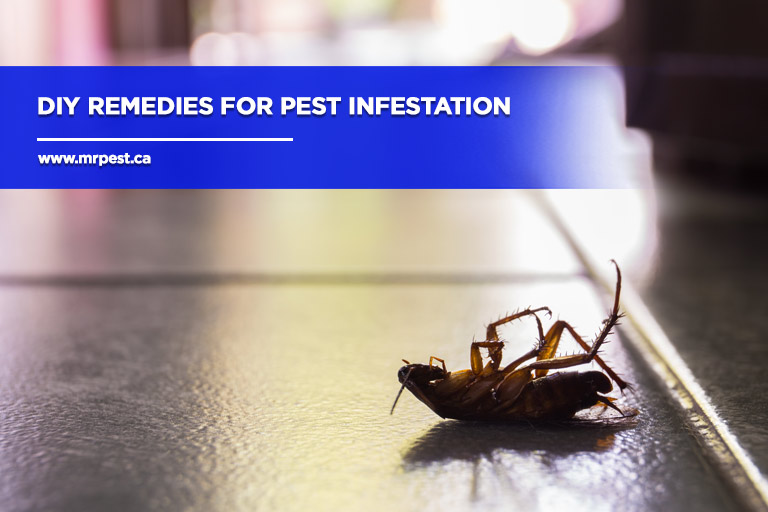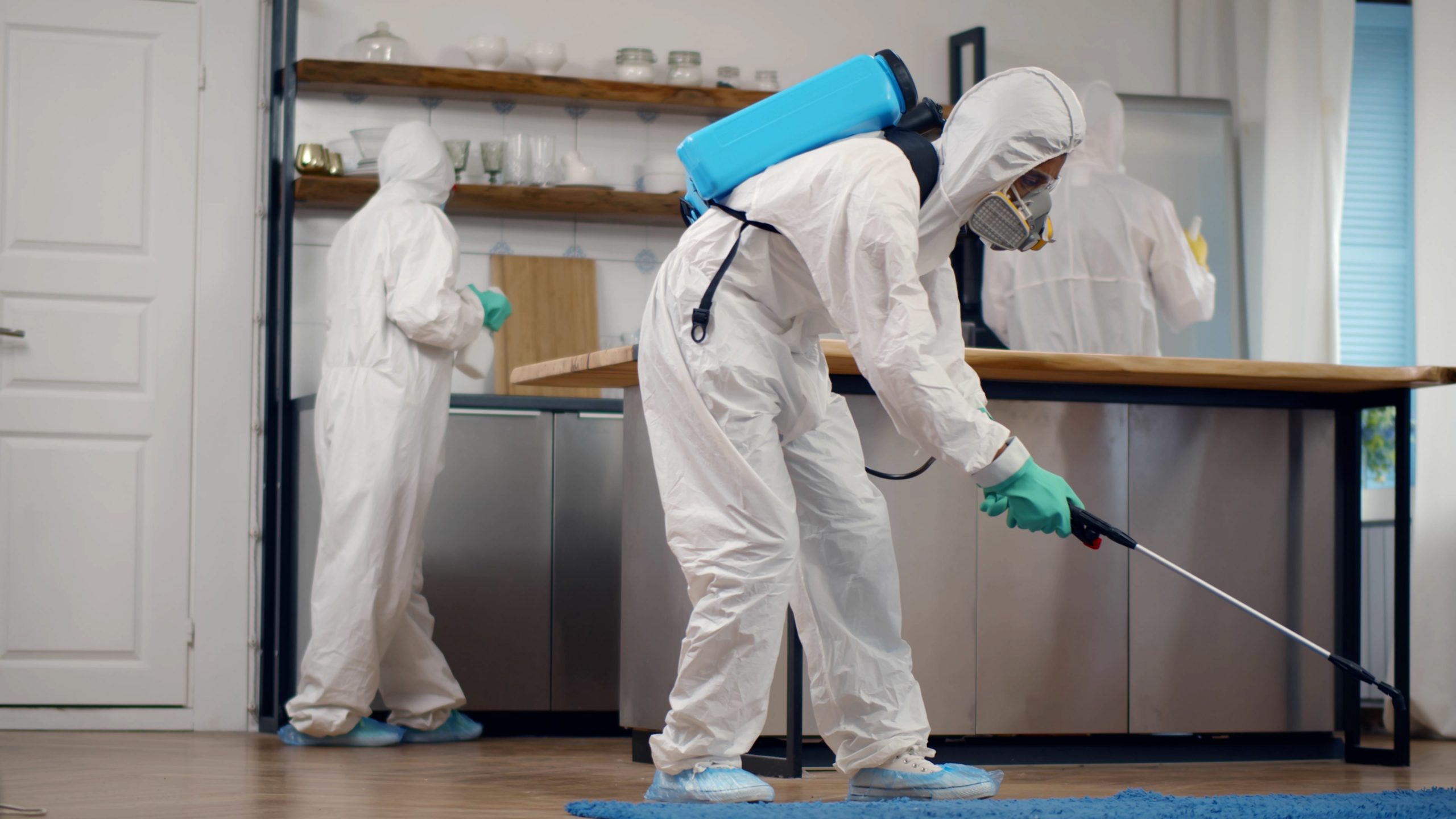Safe and Reputable Bug Control for Lasting Defense
Effective parasite administration calls for a diverse approach that stabilizes environmental integrity with the requirement for effective parasite suppression. The subtleties of these techniques might not be promptly clear, prompting a more detailed evaluation of the techniques that can lead to sustainable parasite control results.
Recognizing Insect Control Approaches
Insect control incorporates a range of approaches targeted at handling and eradicating unwanted pests and rodents that can endanger both wellness and home. Recognizing these methods is critical for efficient parasite management.
The main groups of insect control techniques consist of mechanical, biological, and chemical techniques. Mechanical approaches involve physical barriers and traps to avoid pest entrance and capture undesirable varieties. As an example, using screens on home windows or using sticky catches can significantly decrease bug populaces without presenting harmful substances.

Chemical pest control is frequently the most identified technique, utilizing pesticides to remove bugs. These chemicals can be efficient but have to be utilized with caution to stay clear of negative impacts on non-target species and the setting.
Benefits of Eco-Friendly Solutions
How can environment-friendly options transform pest control techniques? The fostering of environment-friendly bug control approaches offers numerous benefits, substantially boosting the effectiveness and safety of insect administration.

An additional benefit is the favorable effect on regional biodiversity. Environmentally friendly services are designed to target specific pests while maintaining valuable pests and wildlife, promoting a well balanced ecological community. This strategy lines up with the growing consumer need for lasting methods, enhancing the reputation of parasite control carriers.
Integrated Bug Administration Techniques
The implementation of eco-friendly options naturally leads to the fostering of Integrated Insect Monitoring (IPM) methods, which even more enhance bug control efficacy. IPM is an all natural technique that combines several strategies to take care of insect populaces while reducing ecological effect. This approach highlights making use of biological, social, mechanical, and chemical controls, making sure a balanced and sustainable approach of insect management.
One essential aspect of IPM is the complete assessment of bug task and environmental problems. By monitoring bug populations and determining their life process, experts can execute targeted interventions that interrupt the insect's environment or lifecycle, minimizing dependence on chemical pesticides. Furthermore, cultural methods such as plant turning and environment adjustment can considerably decrease bug establishment and reproduction.
Another essential component is the use of biological control representatives, such as advantageous bugs or microbes, which more info here can normally suppress pest populations. When chemical applications are needed, IPM focuses on using low-risk chemicals and applies them selectively, reducing direct exposure to non-target microorganisms and people.
Including IPM approaches not just boosts pest control effectiveness but also promotes a much safer environment, lining up with the expanding demand for sustainable methods in insect administration.
Safe Practices for House Owners
Comprehending the value of risk-free methods in insect control can equip property owners to successfully handle insect problems while protecting their health and the environment. Executing non-toxic approaches and preventative actions is crucial in decreasing direct exposure to damaging chemicals.
House owners ought to first analyze their setting for conditions that attract pests, such as standing water, food, and mess waste. Regularly cleaning and sealing entry points can hinder insects from invading the home. Utilizing natural deterrents, such as crucial oils or diatomaceous planet, can provide effective choices to chemical pesticides.
When chemical treatments are required, house owners ought to go with my review here items that are specifically identified as risk-free for property usage. It is crucial to adhere to application standards diligently to prevent overexposure. In addition, utilizing targeted therapies in locations where insects are identified, as opposed to blanket splashing, can substantially reduce chemical usage.
Last but not least, maintaining open communication with pest control professionals is important. Homeowners need to inquire about the safety and security of items used and request eco-friendly alternatives whenever possible. By embracing these safe practices, homeowners can produce a healthier living environment while efficiently handling insect problems.

Tips for Long-Term Defense
Establishing a pest management strategy that highlights lasting security can substantially improve the performance of the secure techniques formerly gone over. To accomplish this, home owners should carry out regular assessments of their building, focusing on concealed locations such as attic rooms, basements, and crawl areas. Early discovery of parasite activity is essential in protecting against problems from holding.
These techniques minimize attractants that draw pests right into the home. Sealing entry factors, such as fractures around doors and home windows, can effectively block potential bug accessibility.
Landscape design needs to additionally be taken into consideration; keeping plants trimmed and maintaining a range between plant life and the home lessens concealing areas for bugs. Utilizing all-natural deterrents, such as important oils or diatomaceous planet, can even more inhibit problems without turning to severe chemicals.
Last but not least, collaborating with an expert insect control service for routine analyses can supply an extra layer of protection. These specialists can use tailored recommendations and advanced treatments, guaranteeing that your home remains protected versus parasites in the pigeon control long-term.
Conclusion
Finally, safe and dependable parasite control calls for a complex technique that highlights eco-friendly methods and incorporated bug management. By carrying out natural deterrents, carrying out routine assessments, and maintaining proper hygiene, residential or commercial property owners can considerably reduce parasite populaces while shielding beneficial bugs and the environment. Cooperation with specialist bug control services boosts the performance of these methods, guaranteeing tailored options that supply lasting defense and tranquility of mind against future infestations.
Effective bug management calls for a complex approach that stabilizes ecological stability with the requirement for efficient insect suppression. The fostering of eco-friendly insect control approaches uses various benefits, significantly boosting the efficiency and safety and security of pest administration.The implementation of eco-friendly solutions normally leads to the fostering of Integrated Parasite Management (IPM) strategies, which even more enhance insect control efficiency. exterminator coquitlam. By checking parasite populations and recognizing their life cycles, specialists can execute targeted interventions that interrupt the parasite's environment or lifecycle, reducing dependence on chemical pesticides.In conclusion, safe and reliable bug control needs a diverse method that stresses eco-friendly approaches and incorporated bug management